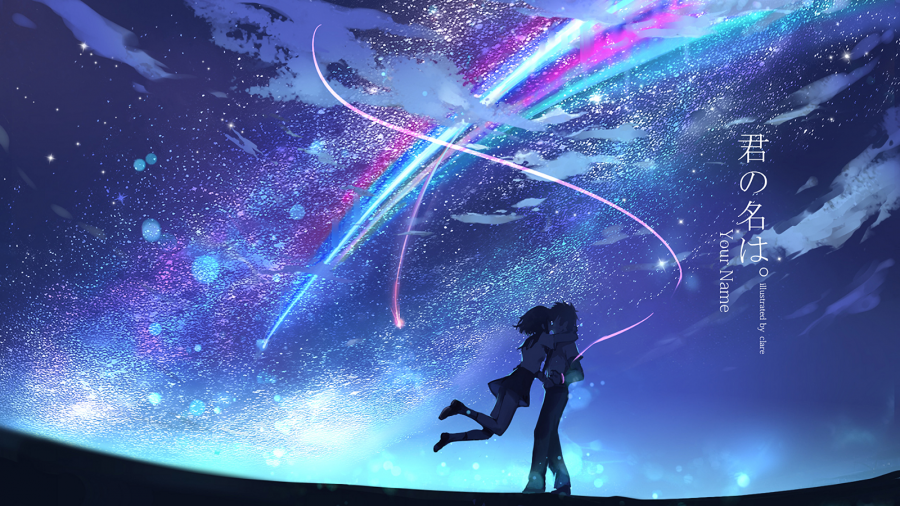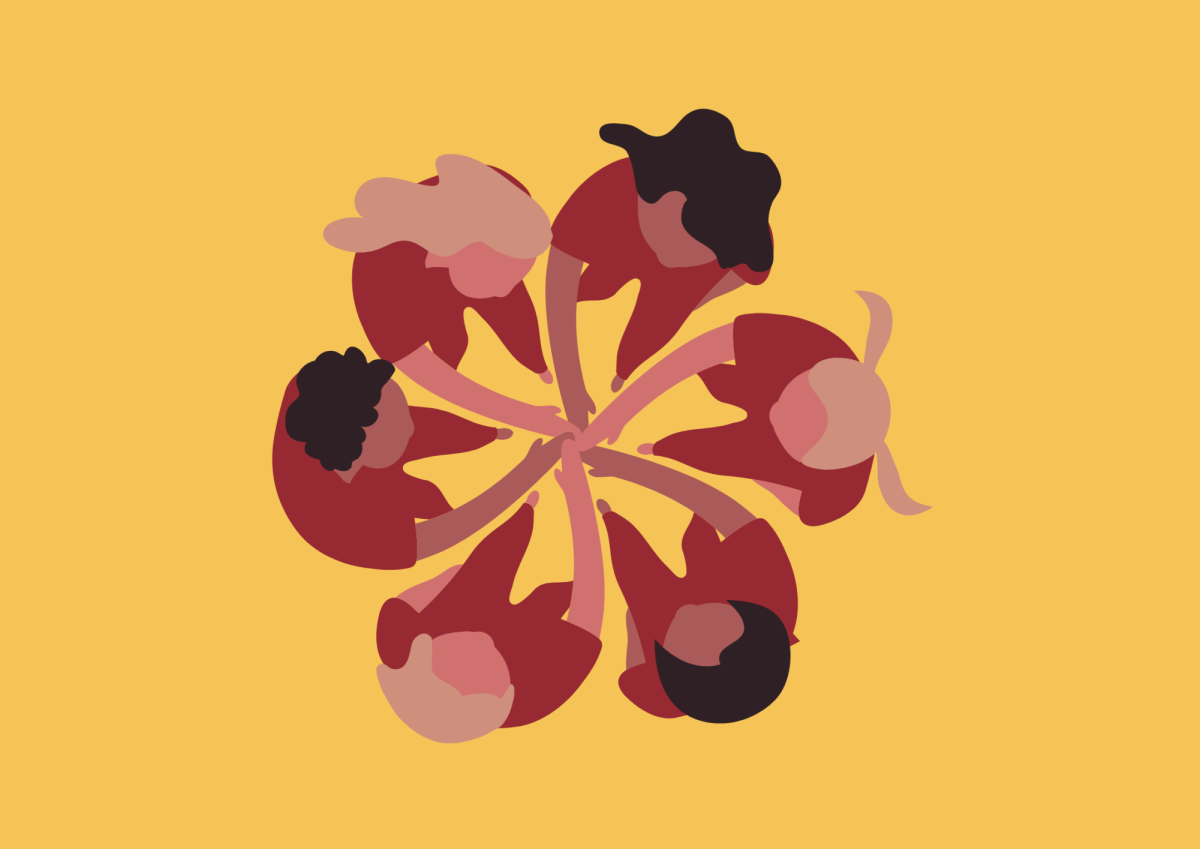A dark-haired, blue-eyed god brandishes his knife with a purification spell before slicing through a phantom. This phantom was bred from jealousy and tension between students a day before exams and lurks on school grounds unseen by humans. By slaying it, the god uplifts the metaphysical environment.
My first anime, “Noragami,” opened my eyes to the surreal and eccentric world of anime. I believe this world has empowered me to become a spiritual person, unabashed about my determinism and with a greater appreciation of beauty.
Without ever having watched anime, my friends always reject my recommendations. They have their reasons: the cheesy and exaggerated scripts embedded with cringe humor, the redundant plotlines that cater to the ‘male fantasy’ and the abundance of sexualized women are present aspects in almost every anime I have ever watched.
Stereotypes, often external to Japanese society, plague the anime fandom.
Because of this reputation, the earnest values of many animes are ignored. Stereotypes, often external to Japanese society, plague the anime fandom. Fans deal with their peers’ assumptions that they are anti-social, introverted or only watch anime for its sexual content, which makes it difficult to be unashamed about their passion for anime in the face of ridicule.
But anime culture is evolving. As anime becomes more representative of Japan culture on a global scale, it has the power to ratify popular moral beliefs within Japanese society. Animes like “Yuri on Ice” and “Seirei no Moribito” offer LGBTQ representation and strong female characters to counter mainstream heteronormativity and longstanding gender stereotypes.
Stories of anime often aim to frame somber, real-world controversies. The works “Nausicaa Valley of the Wind” and “Grave of the Fireflies” of Studio Ghibli feature the devastation and grief of communities of post-nuclear warfare in connection to the Nagasaki and Hiroshima bombings.
Each time TAS Animanga club president, Winnie W. (‘19), watches a new anime she discovers a new perspective on life. Many animes use the empowering monologues of their characters to portray these perspectives in a heroic light; one example is the “cruel and beautiful world” monologue from “Shingeki No Kyojin.”
As anime becomes more representative of Japan culture on a global scale, it has the power to ratify popular moral beliefs within Japanese society.
Thematic purpose is also demonstrated by applying abstract conditions to an invented reality. “Kimi No Na Wa” and “ERASED” alter the dimensions of time to prove ideas regarding predestined romance and fate.
“Death Note” evaluates capital punishment by following a psychopath who is given the power to kill people simply by writing their names in a book, and quests to purge the human race of convicts and criminals. This anime combines the anti-hero’s sadism with his altruism to emphasize that people are not exclusively good or evil.
However, most extreme anime fans, or “otakus,” do not watch anime for its didactic undertones, but to wind down. Watching anime is a way to escape academic stress or make new friends.
Watching anime is a way to escape academic stress or make new friends.
“It’s a distraction from life,” online fan, Patrick C. (‘20), said, while Minhyung L. (‘20) talked about how the topic of anime initiated many of her friendships and gave her a place to belong at TAS working as Treasurer of the Animanga club. Tingkuan H. (‘20) and his volleyball team rave over “Haikyuu,” and he even watches it before starting a game for motivation and focus.
The endless list of genres and subgenres of anime allows everyone to find their interests and their home.


![A myriad of impressive trophies and awards. [ANNABELLE HSU/THE BLUE & GOLD]](https://blueandgoldonline.org/wp-content/uploads/2025/09/Awards2-1200x512.jpeg)
![Students' calendars say goodbye to exam week. [ANNABELLE HSU/THE BLUE & GOLD]](https://blueandgoldonline.org/wp-content/uploads/2025/09/Exam-week-1200x740.jpg)
![A collection of college flags. [PHOTO COURTESY OF AMBER HU ('27)]](https://blueandgoldonline.org/wp-content/uploads/2025/05/IMG_5029-1200x577.jpeg)

![An SAT word cloud. [PHOTO COURTESY OF WORDCLOUDS]](https://blueandgoldonline.org/wp-content/uploads/2025/05/SAT.jpeg)
![Collage of banned books, including “The Handmaid’s Tale” by Margaret Atwood. [MINSUN KIM/ THE BLUE & GOLD]](https://blueandgoldonline.org/wp-content/uploads/2025/04/IMG_4274-1200x681.jpeg)